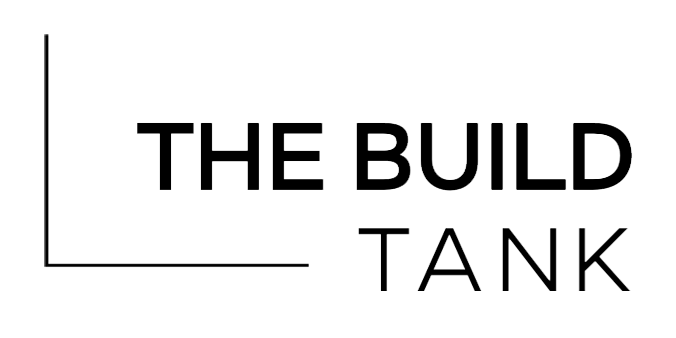If your organization were a cookie factory...
Imagine your organization was a cookie factory.
You developed your amazing, unique recipe for cookies. Years of hard work, expertise, and experimentation went into it. They’re different than other people’s cookies, and they’re delicious. You need to get those cookies out there into the world where they are needed.
So you decide to scale up. You’ve perfected the recipe in your own kitchen, sure. But you need people who can help run the bakery, procure the ingredients in bulk, monitor and adjust for quality control, not to mention sales, marketing, and distribution.
And you need people to safely and efficiently operate the cookie making machines.
Oh, right. The machines.
Now that you’re out of your home kitchen, you need machines. You need a huge bulk mixer, you need refrigerators and conveyer belts and packaging machines. Some of this stuff is standard stuff, no need to invent a new kind of freezer. Some of it is custom because you need to package up those cookies in that special way that appeals to your target consumer and justifies why you’re charging $4 for a cookie.
And those machines need to work beautifully. They need time and attention. They need expertise. They need adjustment and innovation when you spot an improvement or efficiency. You realize you could cut hours out of each batch, or double your packaging capacity, or prevent worker injuries, if you just made this change or that.
So who do you put in charge of the machines? The bakers? The chef? Your mixers? Your dishwashers? Not if you want to be in business for long.
You quickly realize that to succeed you need two teams working closely together: one in charge of production and the other in charge of production capacity.
You wouldn’t ask your chef to adjust and maintain the gears of the extruder when they get out of alignment. You wouldn’t have your mixers or bakers slide underneath the packaging machines to diagnose why the alignment is off. You would be bottlenecking the entire operation and asking people to play way out of position, where their expertise – and their interests – are limited.
The same is true with your technology. Don't saddle your cookie bakers with cookie machine invention and maintenance. Don't ask your cookie machine engineers to also show up at 2am for the late night shift pouring flour into the mixer. Either direction is a poor use of people and expertise, and bottlenecks your organization's capacity and impact.
In your organization, your cookie bakers are what we call gold teamers. They are the content people, trying to use your systems to accomplish their work in the world. Typically that’s almost everyone in your org chart.
By contrast, what most organizations are lacking is the production capacity side – the cookie machine engineers and experts. These are the blue teamers, tool optimizers who can work with your gold teamers to understand their needs, train and support them in their usage, and continually make improvements to how the tools function.
When you combine the two together into a single job or leave one side out of the equation entirely – which frankly is the norm in most organizations – things bog down and become a mess. You have people out of position trying to manage the development of systems and data when it’s not their interest, skillset, or the best use of their expertise. Everybody loses. The world will never get the benefit of your cookies.
Most organizations have only cookie makers, standing around with recipes and ingredients, with neglected, half-operational machines to pour them into. Is it any wonder their potential for delivering their product to the world is never fully realized?


